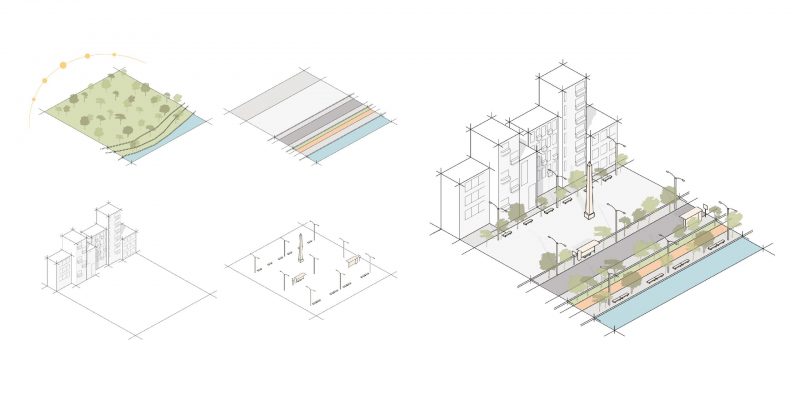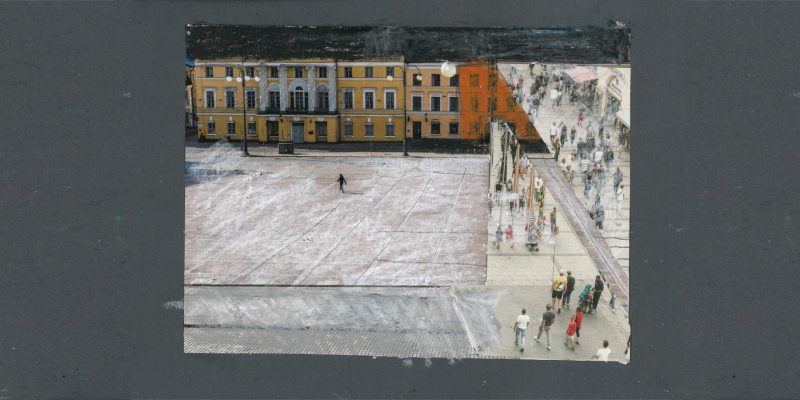Every critical moment in history returns public space to center stage. The Covid-19 pandemic, for instance, with its distancing requirements, has generated interest in reassessing existing urban spaces and generated a trend toward the development of new types and forms of public spaces.
After Distancing: A New Index for Public Space explores the condition of contemporary publicness, with a focus on public space in urban settings. “Publicness” is increasingly being recognized as a central notion in contemporary debate, in conjunction with understanding of its critical importance for democratic life.
In this context, After Distancing seeks to contribute to a renewed understanding of publicness by revisiting and reworking the vocabulary used to discuss it. Crucially, it advances the argument that publicness cannot be dissociated from a series of acts of imagination – hence, also, the vocabulary and categories through which it is read.
After Distancing is organized into three parts: Part I (“Another Fragment of Future History”) provides a theoretical introduction to the idea of public space and publicness; Part II (“Sensing and Imagining the Public Domain”) offers a new index of terms and ideas to capture publicness, including Affect, Alignments, Diagrams, Documenting, Elements, Flow, Making-statements, Remembering, Nature, Refuge, Sociability, and Syncing; Part III (“Random Walks in Public Space”) invites the reader to figure out what is occurring to publicness through the lens of nonlinear evolutionary dynamics, as a mean for envisioning the future of public spaces.
The outcome of a conversation across disciplines – namely, architecture and sociology – After Distancing retraces the historical evolution of publicness, so as to better imagine its contemporary challenges, recognizing that public space is inherently messy, conflicted, and varying.



